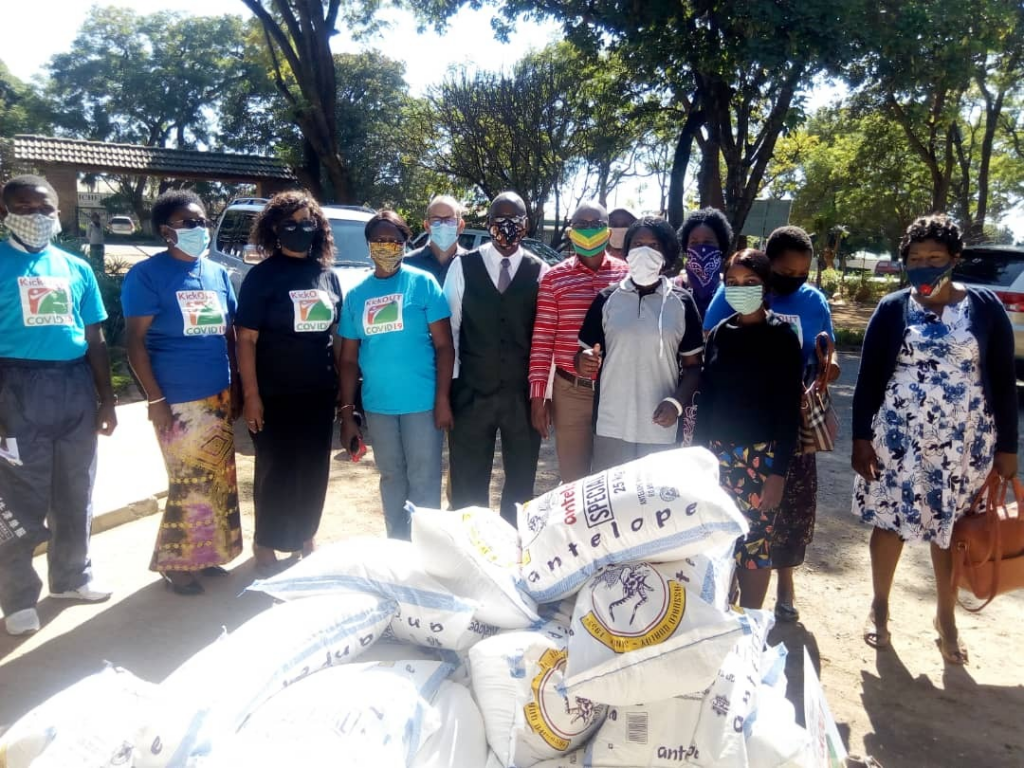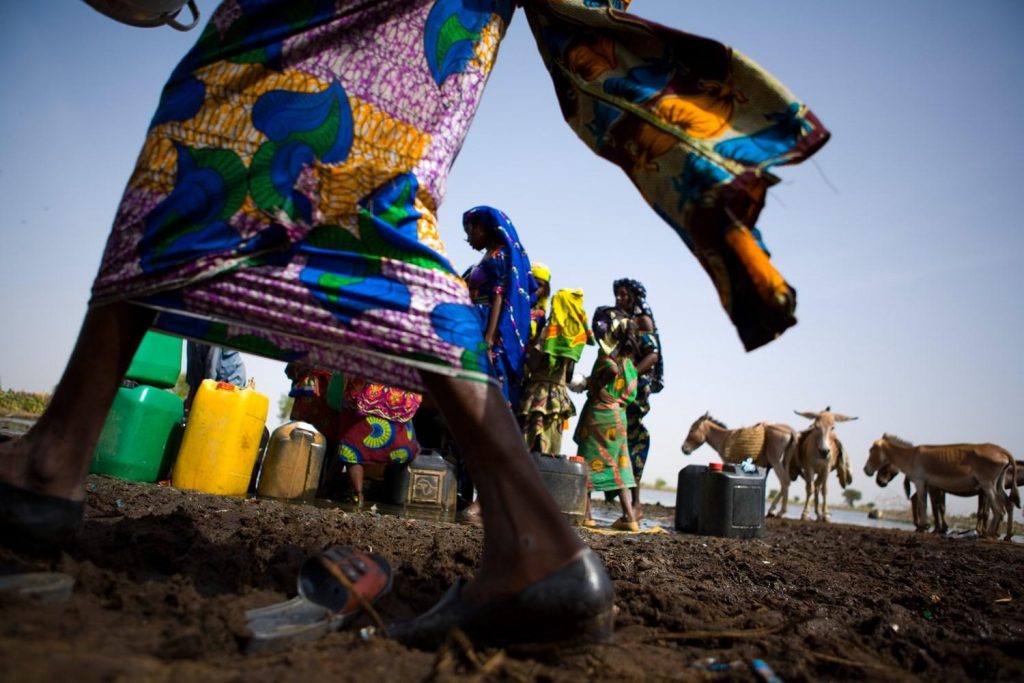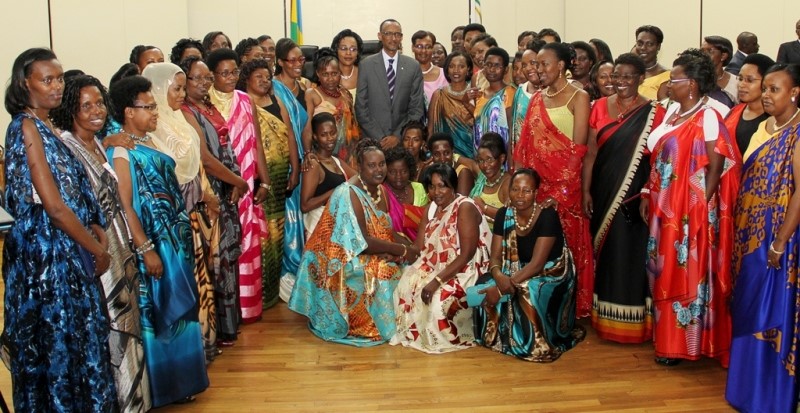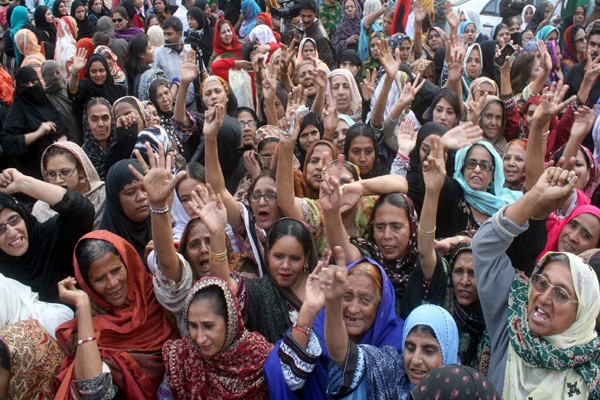World over, there are more than 821 million people who regularly go to bed hungry, out of which over 100 million suffer from acute hunger, largely due to man-made conflicts, climate change and economic downturns. These are the people who have been drastically impacted by the economic and physical consequences of the COVID-19 pandemic, which has moreover adversely increased the depth of hunger globally.
SDG 8 amidst COVID 19–how will women fare?
‘’full and productive employment and decent work for all’’.
Around the world, finding a job is much tougher for women than it is for men. When women are employed, they tend to work in low-quality jobs in vulnerable conditions.
Data from the international labour organization shows that women who want to work have a harder time finding a job than men. This problem is particularly marked in Northern Africa and the Arab States, where unemployment rates for women exceed 16%.
Women: the World’s Best Bet in Fighting Climate Change
Miracle Nwankwo Women around the world are linked by a similar pursuit which is their aspiration for the comfort and welfare of their children and families. They all hope for a world and a future where their children can have improved lives than they have had without war, disease, poor education, injustice, and the destruction of the environment. To this end, about 99% of women all over the world are working tirelessly for the future they have hoped for. In different spheres of life and at all levels, at the center of every woman’s labor is a purpose driven agenda to make the world a better place. This is why they are the world’s best bet in solving global challenges including climate change. We have seen situations and ordeals change for the better when a woman comes into the equation, this might still be the only solution to the problems…
An overview of Maternal Employment
Extent and Effects of Maternal Employment During the past few decades the proportion of women in labor force has increased dramatically in all industrialized societies. In the United States, the married mothers’ employment rate increased from 39.7 percent in 1970 to 70.1 percent in 1999 (U.S. Bureau of Labor Statistics, 2000). Among mothers of children aged six to seventeen, 49.2 percent and 77.1 percent were employed in 1970 and 1999, respectively. Among mothers with children under the age of six, their employment rate doubled from 1970 (30.3%) to 1999 (61.8%). The increasing trend of maternal employment is seen in other industrialized countries such as Japan and Canada. The above figures indicate that the majority of mothers in the United States experience dual roles of being a parent and a paid worker. A number of studies also show that women still bear more responsibility for childcare than their male counterparts (e.g.,…
Why So Few? Women in Science, Technology, Engineering and Mathematics
By the American Association of University Women (AAUW) In an era when women are increasingly prominent in medicine, law, and business, why are there so few women scientists and engineers? A 2010 research report by AAUW presents compelling evidence that can help to explain this puzzle. Why So Few? Women in Science, Technology, Engineering, and Mathematics (STEM) presents in-depth yet accessible profiles of eight key research findings that point to environmental and social barriers — including stereotypes, gender bias, and the climate of science and engineering departments in colleges and universities — that continue to block women’s progress in STEM. The report also includes statistics on girls’ and women’s achievement and participation in these areas and offers new ideas for what each of us can do to more fully open scientific and engineering fields to girls and women. Stereotype Threat and Implicit Bias: Barriers to Women in STEM Stereotype threat arises in situations…
Enhancing Women’s Political Participation is a Sound Investment for All
Girls and women have a right to be heard. To engage in civil society, vote in elections, be elected to government office, serve on boards, and take part in any process that affects them, their families, and their communities. Yet in spite of the rising numbers of women being elected to national parliaments, they have a long way to go to achieve gender equality in the political sphere. In 2015, women made up less than 10% of parliamentarians in 38 countries. Within the public sector, they hold less than 30% of senior management positions. And they are virtually silenced in peace processes; between 1992 and 2011, women accounted for less than 4% of signatories to peace agreements, and fewer than 10% of peace talk negotiators. Due to discriminatory laws, institutional and cultural barriers, as well as disproportionate access to quality education, healthcare, and resources, women worldwide continue to be marginalized…
Practical Ways for Women Empowerment and SDGs
The world can be a peaceful and better place when all forms of gender inequality are totally abolished through women empowerment. Empowering women in all spheres of life like their men folks will create an atmosphere for better development in our societies. For instance, increasing women and girls’ education, will contribute to the higher economic growth and personal development. Research in some part of Africa has shown that, on average, women with secondary education have three fewer children than those with no education at all. Owing to these merits, as well as the imperativeness of ensuring that the rights of women are upheld, the UN has made women empowerment a pertinent part of sustainable development goals. In order to enhance women empowerment in Africa, there are few practical ways that will aid the restoration of dignity and create educational and economic opportunities for women. Abolition of Early/Child Marriages World Bank…







